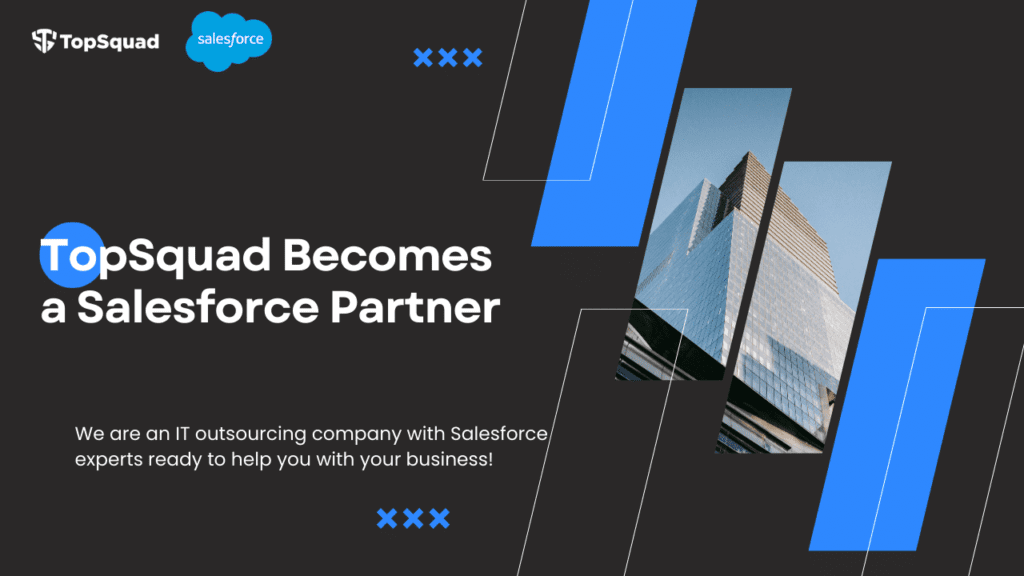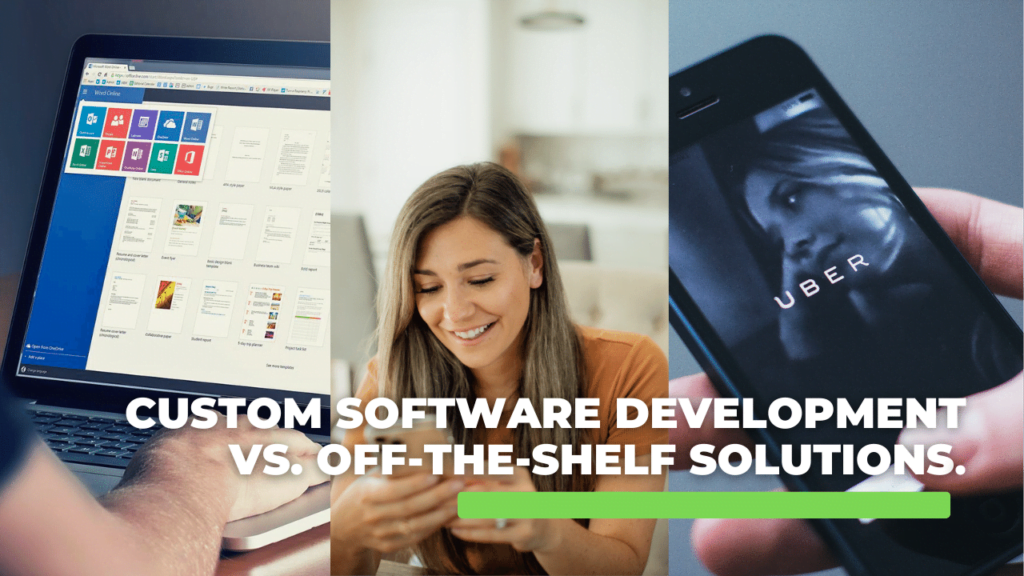Introduction
In a world where instant access to information and entertainment is the norm, live stream app has become a powerful and ubiquitous medium. Whether it’s a live concert, a gaming session, an educational lecture, or a product launch, live streaming platforms have revolutionized how we consume and interact with content. This surge in popularity presents a plethora of opportunities for businesses and entrepreneurs looking to create their own live streaming platforms. However, it also comes with a set of unique challenges and risks that require careful consideration.
This blog will serve as a comprehensive guide for those looking to embark on the exciting journey of building a livestream platform. We’ll delve into the key components of the necessary tech stack, explore the myriad opportunities within the industry, and address the potential risks and challenges. What it takes to create a successful livestream platform and how to navigate the ever-evolving landscape of live streaming. Let’s dive in!

Tech Stack for Livestream Platforms
Before you dive into the world of live streaming, it’s essential to grasp the fundamental building blocks that make up the tech stack of a livestream platform. Building a robust, scalable, and reliable platform hinges on making the right choices in each of these areas:
1. Video Encoding and Transcoding
Live stream app encompasses the transformation of unprocessed video and audio data into a format optimized for seamless internet transmission. This technical procedure is known as video encoding. Conversely, transcoding steps in to adapt the encoded video into multiple bitrates and resolutions, catering to diverse user devices and varying network conditions.
Opportunities: Streamlining video encoding and transcoding enhances the overall streaming quality, making it possible to deliver high-quality content even on slower or less reliable internet connections.
Challenges: Real-time video encoding and transcoding can be resource-intensive, demanding substantial processing power. Additionally, the careful selection of appropriate codecs is vital for a smooth streaming experience.
2. Content Delivery Networks (CDNs)
Content Delivery Networks (CDNs) serve as the cornerstone of any livestreaming platform, providing a dependable foundation for efficient, low-latency content distribution to a global audience. These networks excel at storing and delivering a diverse range of multimedia content, encompassing video and audio streams. This not only alleviates the burden on your servers but also significantly elevates the overall user experience.
Opportunities: CDNs offer a multitude of advantages, including heightened scalability, reduced load times, and bolstered content delivery reliability.
Challenges: However, it’s worth noting that integrating a CDN into your infrastructure can present complexity and costs that may vary depending on your usage patterns.
3. Media Servers
Media servers are responsible for managing and transmitting multimedia data in real-time. They facilitate two-way communication in live streams, enabling interactions between content creators and viewers.
Opportunities: Media servers enable real-time chat, comments, and other interactive features.
Challenges: The choice of media server technology and configuration can significantly impact the platform’s performance.
4. Streaming Protocols
Streaming protocols play a pivotal role in determining the method by which data travels from its source to the viewer. Among the commonly embraced protocols are the Real-Time Messaging Protocol (RTMP), HTTP Live Streaming (HLS), and Web Real-Time Communication (WebRTC).
Opportunities: These diverse protocols provide a spectrum of possibilities, offering varying levels of compatibility and optimization tailored to a range of use cases.
Challenges: Nonetheless, the intricate task of ensuring seamless compatibility across a wide array of devices and under varying network conditions can present a complex challenge.
5. Storage and Databases
Effective management of user data, video archives, and other platform content demands resilient storage solutions and databases. Prioritizing scalability, redundancy, and data security is of utmost importance.
Opportunities: Sound data management not only ensures content discovery but also fosters tailored user experiences, enhancing engagement and satisfaction.
Challenges: However, the delicate equilibrium between data storage requirements and the imperatives of security and data protection must be meticulously maintained.
6. User Authentication and Authorization
To safeguard your platform’s security, it is essential to establish robust user authentication and authorization systems. These systems act as a shield, guarding user data and content against unauthorized access.
Opportunities: A securely fortified platform not only inspires trust but also fosters higher levels of user engagement.
Challenges: Yet, it’s worth noting that the implementation of secure authentication mechanisms can be intricate and resource-intensive.
7. Front-End and Back-End Frameworks
Selecting the appropriate front-end and back-end frameworks holds the potential to significantly influence the speed of platform development, scalability, and the overall user experience.
Opportunities: Frameworks, when chosen judiciously, simplify development processes and enhance user interface design, contributing to a more polished product.
Challenges: However, it’s crucial to approach the selection of the most fitting frameworks for your project with careful consideration and analysis.
Opportunities in the Live streaming Industry
The livestreaming industry is a multifaceted realm brimming with opportunities, and its success is underpinned by several key factors:
1. Monetization Options
Livestreamers have a range of monetization methods at their disposal. They can earn income through advertising, either through platform-specific ads or sponsorships. Subscriptions offer a reliable revenue stream, where dedicated fans pay a monthly fee for exclusive content and perks. Virtual goods, such as digital gifts or in-game items, can also be sold during live broadcasts, adding to a creator’s earnings.
2. Niche Markets and Verticals
The live streaming industry boasts an impressive array of niche markets and verticals, making it accessible and attractive to creators of various interests. Gamers can stream their gameplay and connect with fellow enthusiasts, educators can conduct virtual classes, and entertainers can perform to a global audience. This diversity means that virtually anyone with a passion or expertise can find their niche and thrive.
3. Audience Engagement and Interactivity
What sets live streaming apart is its unparalleled potential for audience engagement and interactivity. Creators can engage their viewers in real time, responding to comments and questions, conducting polls, and even inviting viewers to participate in challenges or games. This level of personal interaction fosters a sense of community and loyalty among fans, making it a powerful tool for creators to connect with their audience.
4. Leveraging User-Generated Content
Live streaming platforms not only revolve around professional content creators but also thrive on user-generated content. Viewers can become creators themselves, sharing their interests and skills with the world. This democratization of content creation has opened doors for both established professionals and aspiring talents to showcase their abilities and passions, contributing to the vibrant ecosystem of the live streaming industry.
In essence, the live streaming industry offers a myriad of opportunities for creators and entrepreneurs. From diverse monetization options to the availability of niche markets, the potential for immersive audience engagement, and the power of user-generated content, this industry is a dynamic, multifaceted space where individuals can not only share their talents and interests but also turn them into successful, sustainable careers.
IV. Risks and Challenges:
Building a livestream platform is an exciting endeavor, but it comes with its own set of potential risks and challenges that require careful consideration. These challenges are not only important to recognize but also crucial to address effectively in order to ensure the success and sustainability of the platform:
1. Regulatory Compliance
Ensuring regulatory compliance is a paramount concern. Livestream platforms must contend with copyright issues to prevent the unauthorized use of intellectual property. Content moderation is essential to maintain a safe and inclusive environment, while also avoiding legal troubles stemming from objectionable or harmful content. Data privacy regulations demand stringent protection of user information, with breaches carrying substantial legal and financial consequences. Addressing these challenges is not only a matter of legality but also a commitment to user trust and platform integrity.
2. Competition in the Crowded Live streaming Space
The livestreaming industry is densely populated with platforms catering to various niches and interests. Consequently, competition is fierce. Attracting and retaining both creators and viewers amidst this crowded space is a significant challenge. To stand out, platforms must offer unique features, exceptional user experiences, and compelling incentives for both creators and audiences.
3. Technical Issues
Livestream platforms must contend with technical challenges. Latency, the delay between a live event and its broadcast, can negatively impact the real-time interaction that is central to the live streaming experience. Scalability is another concern, as platforms need to handle surges in traffic during popular events. Network conditions can introduce unpredictability and affect the quality of streams. Addressing these technical issues is crucial to delivering a seamless, reliable streaming experience.
4. Infrastructure Costs
The infrastructure required to support a livestream platform can be costly. This includes servers, data storage, content delivery networks, and robust security measures. Balancing these costs while providing an affordable and competitive platform for both creators and viewers is a delicate challenge.
5. Content Quality and User Experience
Maintaining the quality of content and user experience is vital. Livestream platforms should have mechanisms in place to address issues like buffering, low-resolution streams, and unprofessional content. A poor user experience can drive viewers away and deter creators from using the platform, underscoring the significance of a robust content quality and user experience strategy.
In conclusion
Recognizing and effectively addressing the challenges associated with building a livestream platform is essential to its long-term success. Regulatory compliance ensures legal and ethical operations, competition management allows for growth in a crowded market, technical issues and infrastructure costs are central to delivering a seamless experience, and content quality and user experience are pivotal for attracting and retaining creators and audiences. Overcoming these challenges is not just a necessity but an opportunity to create a robust and thriving livestream platform.
Work with Us!
TopSquad offers a comprehensive technology services that caters to the specific needs of businesses. With our expertise in the tech industry and a deep understanding of the skills required for programming roles, we assist companies in sourcing and attracting top-notch programming talent. Our service encompasses everything from crafting compelling job descriptions to conducting rigorous screening processes.
By partnering with TopSquad, businesses can streamline their hiring process and gain access to the best programmers in the industry, ultimately bolstering their teams and driving success.













